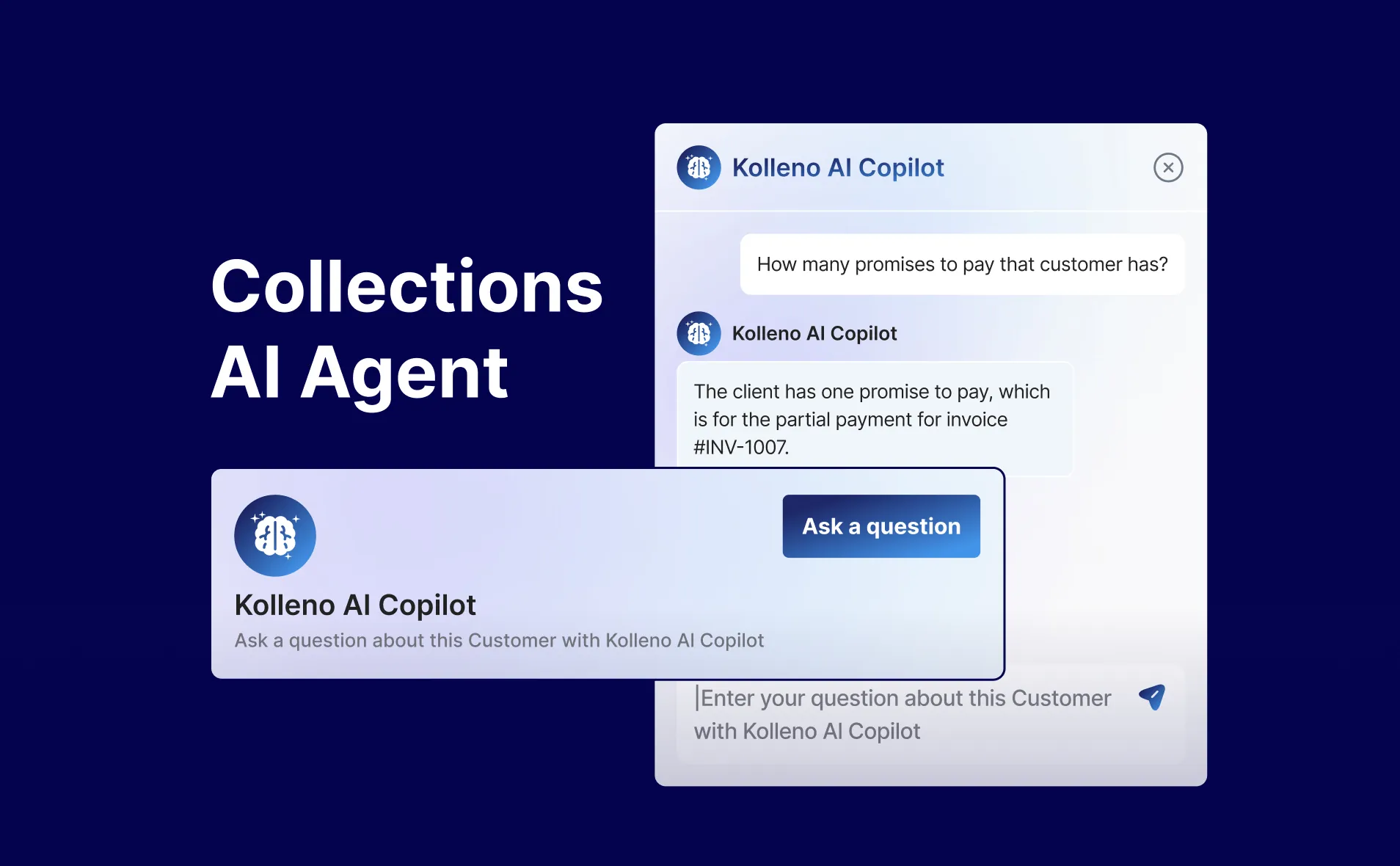Key Points
– The term “inter-company” is used to define any activities that exist or are taking place between more than two companies.
– Large corporations usually have a number of subsidiary firms that do business with each other. When this occurs, the firms are required by law to adhere to the rules and regulations associated with intercompany accounting.
– Intercompany accounting is defined as the financial transactions that have been documented between various legal subsidiary entities of the same Group company.
– It is fairly common to have intercompany transactions, and they are a regular appearance across firms of varying sizes and industry verticals.
– The practice of intercompany accounting has its impacts on multiple facets of a business, including compliance, accounting, and tax.
– Pinpointing and removing the financial impacts of intercompany transactions may be arduous and causes delays to a company’s financial closing procedure. However, adopting best practices such as using automated accounting software could help to accelerate the entire intercompany accounting process, making the work much more efficient and accurate.
As we live in the era of mergers and acquisitions, international trade, and greater regulatory practices, intercompany accounting is a substantial issue that impacts firms of any size and age. In particular, whilst corporations are looking to expand their global reach, an increasing number of intercompany transactions occur and may be instantly complicated by differences in currencies, local taxation rules and regulations, transfer prices, as well as disparate applications and systems. Should these types of intercompany transactions not be properly eliminated, any and every out-of-balance account may have a drastic impact on the company’s financial statements, and this may inadvertently snowball into compliance-related problems, fines imposed by the Securities and Exchange Commission (SEC), shareholder lawsuits, or even the risk of a restatement.
Having mentioned that, the level of complexity associated with intercompany accounting expands as it goes beyond standard accounting and finance practices and overlaps with the firm’s tax and treasury departments. On that note, firms need to properly examine their position in the value chain to comprehend better and execute the appropriate tax policies as well as transfer pricing agreements. By understanding the cross-country netting rules, the company would then be able to consolidate its financial accounts to ensure its accuracy in reporting.
In the meantime, as the volume of intercompany transactions grows, the number of email or verbal authentications, Excel spreadsheet usage, as well as other workarounds would leave the company vulnerable to significant risks associated with its finances, reputation, and compliance. To aid companies in circumventing such issues, Kolleno is a smart credit control platform that utilises technology to enhance a company’s accounts receivable management and provides them with a 360° view of their finance and accounting operations.
Intercompany Transaction Explained
Intercompany transactions are a regular part of the business world and may come in various forms. Their dominating characteristic would be the involvement of at least two participating subsidiary firms under the same parent company. Unlike “intracompany transactions”, which involve the occurrence of financial activities between two units of the same legal entity, the relationship between the two organisations during an intercompany transaction is of separate entities. However, due to the relationship between these two parties, intercompany transactions are not acknowledged as arms-length or independent transactions.
What Are the Different Types of Intercompany Transactions?
During the regular business operations of a large company, the different subsidiary firms within a parent company may offer products or services to one another and thereby manage the interactions in cash or via journal entry in their respective company ledgers. On that note, there are three major types of intercompany transactions that one may commonly observe, namely:
Upstream
These are transactions that flow from a subsidiary company to the parent company, whereby notable examples would be a branch company selling its land and equipment to its parent firm. Any gains or losses made from that sale would be removed during the consolidation of the financial accounts.
Downstream
These would be transactions that originate from the parent company to the subsidiary firm. For example, when a parent company provides a loan to one of its subsidiary companies, that would be a downstream transaction. Thus, during the account consolidation process, the intercompany accounting procedure would eliminate the interest income of the parent firm as well as the interest expense of the subsidiary entity.
Lateral
In essence, lateral transactions are defined as transactions that take place between two subsidiary companies. For instance, when one subsidiary firm offers raw materials to another, this would be considered a form of lateral transaction, and thus any intercompany profit generated from the transaction will need to be removed.
What Is Intercompany Accounting?
In general, intercompany accounting is the process of taking notes of the financial transactions that are occurring between two or more legal subsidiary firms within the same parent company. As these entities are related to one another, the transactions between them cannot be considered to be independent, so the firms will not be able to factor in the profit or loss made from these transactions on the consolidated financial statements at the Group level.
Some of the typical examples of intercompany transactions would include the sales and purchase of goods and services between the subsidiary firm and its parent company, cost allocations, fee sharing, royalties, or even debt financing activities between related firms. With that, the main goal of intercompany accounting is to remove any financial impact caused by the internal transactions (defined as the financial interactions taking place between related entities within the same parent company) to produce a financial report that is only documenting financial activities between two independent organisations. In particular, some of the key activities revolving around intercompany accounting include transfer pricing, corporate governance and policy development, transaction management, data management, settlement and netting, reporting, as well as elimination or account reconciliation.
Types of Intercompany Accounting Transactions to Be Eliminated
In general, removing intercompany transactions involves eliminating any financial transactions that have occurred between related entities to ensure that they do not influence the parent company’s consolidated financial reports. With that, there are three key forms of intercompany transactions that financial professionals will need to exclude, namely:
Intercompany Expenses and Revenues
In essence, any transactions involving the sale and purchase of products or services to an affiliated subsidiary company will have to be eliminated. This is because the firms are not allowed to acknowledge any profit or loss made from the sale of goods or services to themselves. Thus, eliminating the revenue, cost of sales or cost of goods sold, and gross profits helps to make sure that these transactions do not influence the firm’s income tax return or consolidated financial statements.
Intercompany Debt
Whenever a parent corporation provides a loan to one of its subsidiary firms, the parent company will have a note receivable, whereas the subsidiary entity will possess a note payable. Therefore, as both companies’ financial statements are consolidated at the Group level, the note receivable, as well as the note payable, have to be removed altogether.
Intercompany Stock Ownership
In summary, removing intercompany stock ownership involves taking out the shareholders’ equity accounts alongside the assets for the parent firm’s ownership of its subsidiary companies.
Why Does Intercompany Accounting Matter?
All in all, there are a lot of operating benefits that firms may enjoy by integrating themselves both in a horizontal and vertical fashion. Nevertheless, from an accounting point of view, some of these synergies have to be eliminated whenever the parent company performs a Group-wide financial consolidation.
For instance, a subsidiary company might choose to supply another subsidiary entity with raw materials as part of keeping the manufacturing expenses across the entire company as low as possible. Nonetheless, the parent company is not allowed to recognise revenue or profit from this financial transaction as the basic rule of intercompany accounting dictates that the firm’s financial statements must never include any sales made to itself.
Besides that, intercompany accounting offers many other types of benefits to company owners, including the following:
– Taking out any double counting of intercompany activities.
– Enabling the proper and reliable tax filing across various jurisdictions.
– Assisting with the movement and settlement of cash, including those of foreign currencies.
– Making sure that the company complies with the rules and regulations set by the Securities and Exchange Commission (SEC), the Generally Accepted Accounting Principles (GAAP), and the Internal Revenue Service (IRS).
On that note, without the existence of intercompany accounting as well as its related elimination rules, firms may accidentally or fraudulently inflate their sales performance and profit reporting and thereby obscure their operational results.
Challenges Associated with Intercompany Accounting, And How to Circumvent Them
With large transaction volumes, various stakeholders, complex agreements between entities, and greater regulatory scrutiny, it is becoming painfully obvious that intercompany accounting will need an end-to-end methodological procedure. In particular, should intercompany transactions not be appropriately accounted for and removed, the final outcome may include inaccurate financial reporting, and the company may have an increased risk of being subjected to regulatory penalties and hefty fines.
With that, here is a list of the some of the most typical barriers associated with performing intercompany accounting:
Accounting Consolidation
In essence, accounting consolidation is notorious for being one of the key challenges related to intercompany accounting. This process is defined as the mechanism by which a group eliminates the transactions that have taken place between its many entities. Even though it is usually a complicated task, it is still a necessary procedure for all corporations.
In specific, the objective of this practice is to combine the parent company’s together with its subsidiary firms’ financial accounts to permit the submission of a profit and loss statement as well as a balance sheet that reliably showcases the financial situation of a corporation at the Group level. Thus, having a solid attention to detail and optimisation is crucial in order to provide a full and accurate overview of the parent company’s overall financial status.
Having a Manual Procedure Coupled with Disparate Systems
The procedure of spotting and removing intercompany transactions may be subjected to human error. It can also be highly inefficient if the related entities utilise varying enterprise resource planning (ERP) systems and general ledgers. In such situations, the intercompany accounting processes may often use various spreadsheets and have different personnel in charge. Besides that, every system will have its unique characteristics that could further complicate the protocol of verifying and validating multiple journal entries.
Managing Foreign Currency Transactions Between Companies
Other than that, intercompany accounting may become extremely complicated if different subsidiary entries transact using varying currencies. For instance, if Subsidiary Company A records its transaction in United States Dollars, whilst Subsidiary Company B records the corresponding transactions in British Pound Sterling, the outcome may include an intercompany transaction that is out of balance and might have possible tax complications. In the meantime, the case may become even more complex if the accounting department views the books of each subsidiary firm on a different date because the foreign currency exchange rates change every day.
Absence of a Standardised Protocol
Whenever associated corporations lack a systematic procedure as well as the internal corporate governance regulations to oversee the do’s and don’ts of intercompany transactions, this may result in the corporation potentially lacking compliance with the established policies. As a consequence, the management could be held liable for the violations of certain rules and regulations.
Having mentioned all of these challenges that are common when performing intercompany accounting, this would be followed by solutions that firms could consider adopting to manage each of them. In general, parent companies should introduce processes that include the following steps as part of ensuring that their intercompany accounting protocols are in compliance with the standard governance and regulations:
Cash Management
Put simply, these are procedures in which cash management strategies are addressed to determine when settling a transaction necessitates an accounting entry as opposed to when it needs a cash exchange.
Transfer Pricing
Intercompany accounting should also take note of mitigating all transfer pricing risks through the provision of evidence that defends the transfer pricing policies whenever a tax audit has to be conducted. Meanwhile, adhering to the standardised methods for centralised service charges as well as corporate allocations may also aid businesses in maintaining a consistent quality and efficient data processing.
Data Management
Possessing a master data management procedure can assist the company in making sure that all new accounts are properly established to align well with the firm’s policies. Plus, such practices also help to ensure that every intercompany transaction is processed in compliance with the standardised rules and regulations. Not to mention, this systematic procedure is also an important way to uphold the company’s reputation.
With that, one of the best strategies that companies could employ would be to use a multi-entity ERP software to manage their intercompany accounting processes. In short, such automated accounting software solutions can eliminate a lot of confusion through the collection of every entity’s data points within a single, centralised database. Not to mention, such practice could also permit the accounting department to seamlessly document transactions and financial activities between separate entities, thereby assisting in the preparation of an accurate consolidated financial statement at the Group level.
With that said, Kolleno is a smart credit control platform whose solutions can be customised to varying finance and credit control requirements. In specific, Kolleno has been well-designed to help businesses and enterprises across a myriad of industries manage their accounts in a modernised manner.
Concluding Thoughts
In a nutshell, an intercompany transaction takes place whenever a company’s business unit, department, or a division within the same organisation is involved in a financial transaction with a separate business unit, department, or a division of the same company. These transactions may take place between two or more subsidiary firms, between a subsidiary company and its parent company, or even between more than two departments within a single unit.
Meanwhile, the nature of these transactions may also differ, for instance, from the sales of different services from one company to another one, the provision of a loan from the parent firm to one of the subsidiary entities, or the sales of inventories from one unit to another unit. As a result, such regular practices may lead to complications arising from an accounting point-of-view as every transaction will have varying nuances to take into account. For example, should the transaction take place between the parent firm and a subsidiary entity, finance professionals will need to treat this interaction as an arm’s length transaction.
Nevertheless, the emergence of automated accounting solutions has drastically helped with eradicating the burdens caused by having to pinpoint intercompany transactions across several enterprise resource planning (ERP) systems. This thereby ensures that all the financing closing tasks will be completed in the correct order and with the necessary oversight. With this in mind, such an automation solution would be able to aid the business in addressing any underlying issues within the financing closing process and determine opportunities to help streamline the internal processes to facilitate a more seamless closing.
Kolleno would be one of the prime examples of such automated software. In essence, companies can build on their existing invoicing and accounting tools by leveraging the power of Kolleno’s smart credit control solutions. Besides that, Kolleno also provides simple reconciliation between payments and accounting reporting to help finance professionals with their intercompany accounting processes.
Frequently Asked Questions (FAQs)
What Is the Definition of Intercompany Accounting?
Intercompany accounting is the procedure of documenting the financial transactions that occur between at least two legal entities under the same parent company, followed by the balancing of these accounts and the generation of the associated accruals and reconciliations for upcoming accounting periods.
How Many Types of Intercompany Transactions Are There?
In total, there are three major forms of intercompany transactions, namely upstream, downstream, and lateral transactions.
What are Common Examples of Intercompany Accounting Procedures?
Intercompany accounting procedures typically address firm-wide transactions that are taking place between different business units, departments, and divisions. With that, some of the notable examples of intercompany accounting processes include reviewing and comparing internal vendor and customer reports, reconciling any differences between the financial accounts, preparing or posting the accruals, as well as reversing out accrual entries from the previous financial period.
Video
- Key Points
- Intercompany Transaction Explained
- What Are the Different Types of Intercompany Transactions?
- What Is Intercompany Accounting?
- Types of Intercompany Accounting Transactions to Be Eliminated
- Why Does Intercompany Accounting Matter?
- Challenges Associated with Intercompany Accounting, And How to Circumvent Them
- Concluding Thoughts
- Frequently Asked Questions (FAQs)
- Video










